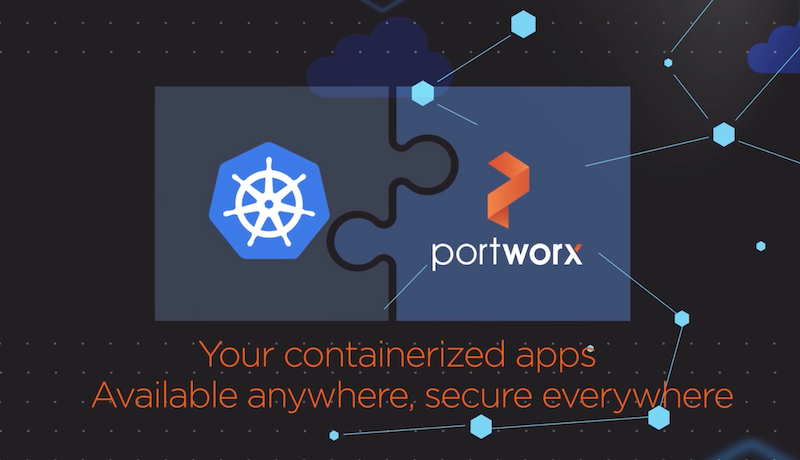Automate, Protect, and Unify Any Kubernetes Storage at Scale
Portworx Enterprise delivers elastic scalability, industry-leading availability, and self-service access to any storage infrastructure for the most widely used Kubernetes distributions. Our fully-integrated storage solution offers automated capacity management, thin provisioning, and flexibility across hybrid, multi-cloud, and on-premises deployments.
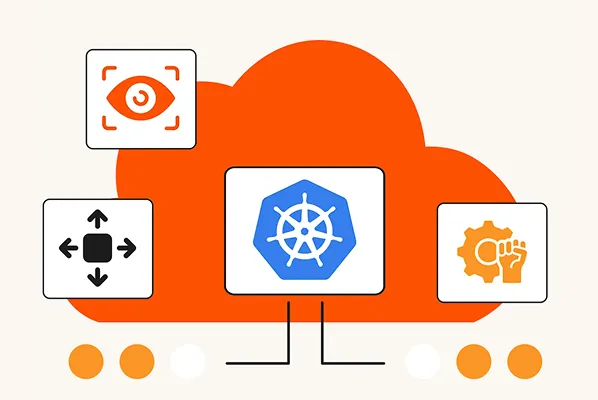
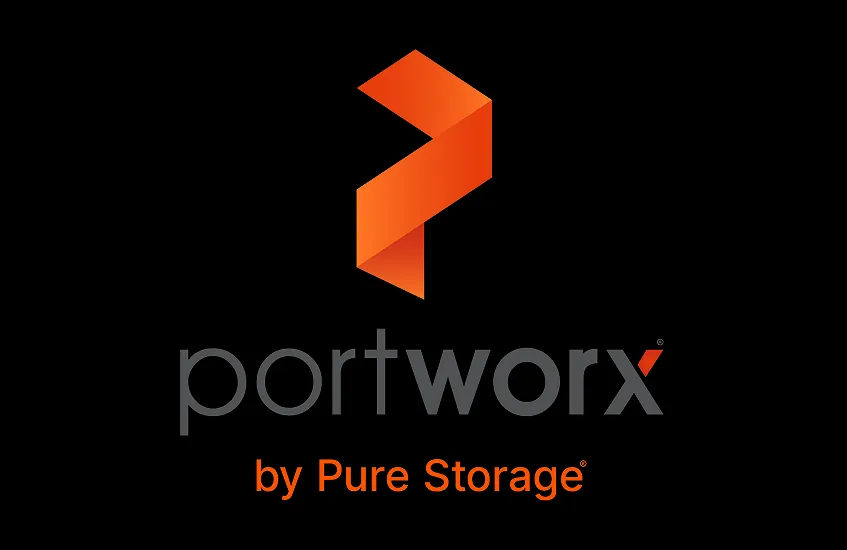
Enterprise-Grade Kubernetes Storage with Portworx
Maximize Application Performance
Quickly provision and easily tune storage for performance and resiliency.
- Provision and attach volumes within milliseconds
- Tune and accelerate IO paths for Kubernetes applications and volumes
- Enable high-availability across multiple data centers
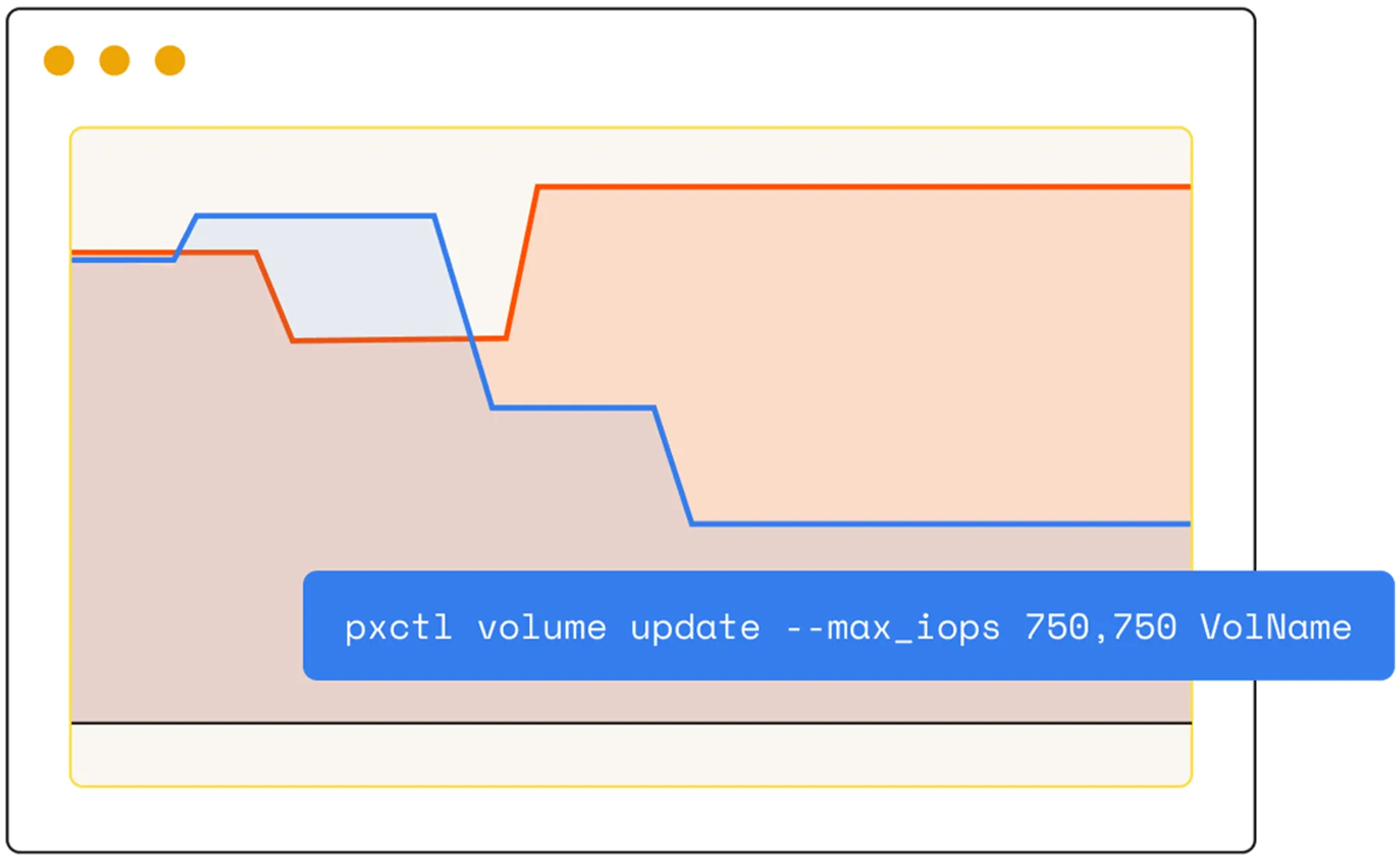
Automate Storage Management
Efficiently manage storage resources at scale, anywhere, with intelligent, automated operations.
- Dynamically balance, scale, and resize Kubernetes storage with a built-in rules engine
- Use only the storage you need with thin provisioning
- Optimize volume placement with granular, intelligent affinity / anti-affinity rules
- Easily migrate applications and data across clusters, racks, and clouds
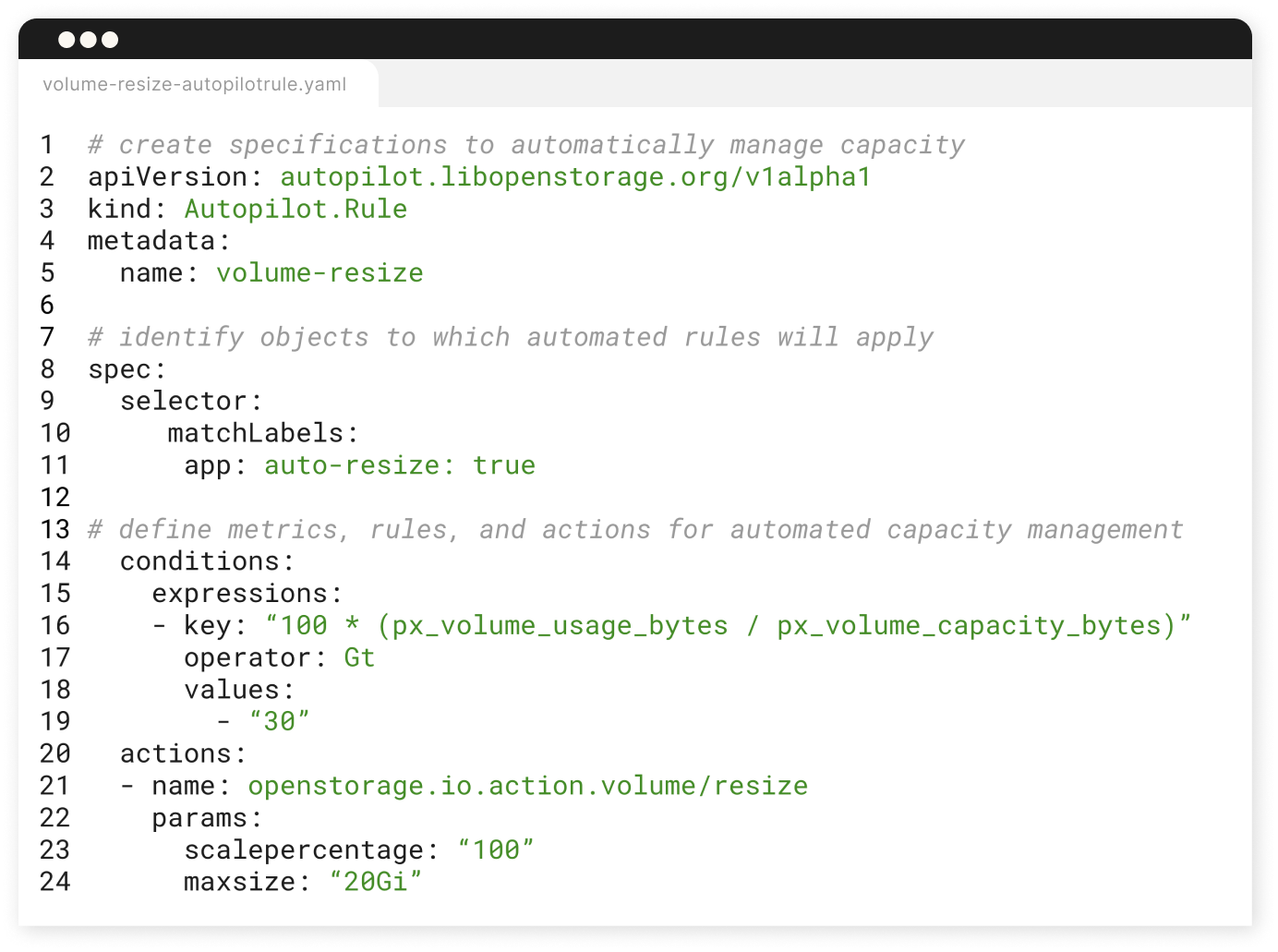
Increase Developer Productivity and Velocity
Empower developers with self-service to storage for any environment, and integrate with development and CI/CD toolchains.
- Developer self-service to storage, in any on-premises, public, or hybrid environment
- Accelerate testing and CI/CD with faster, more reliable incremental builds based on known snapshots
Integrate fast, scalable storage with key Kubernetes solutions like Red Hat OpenShift and SUSE Rancher
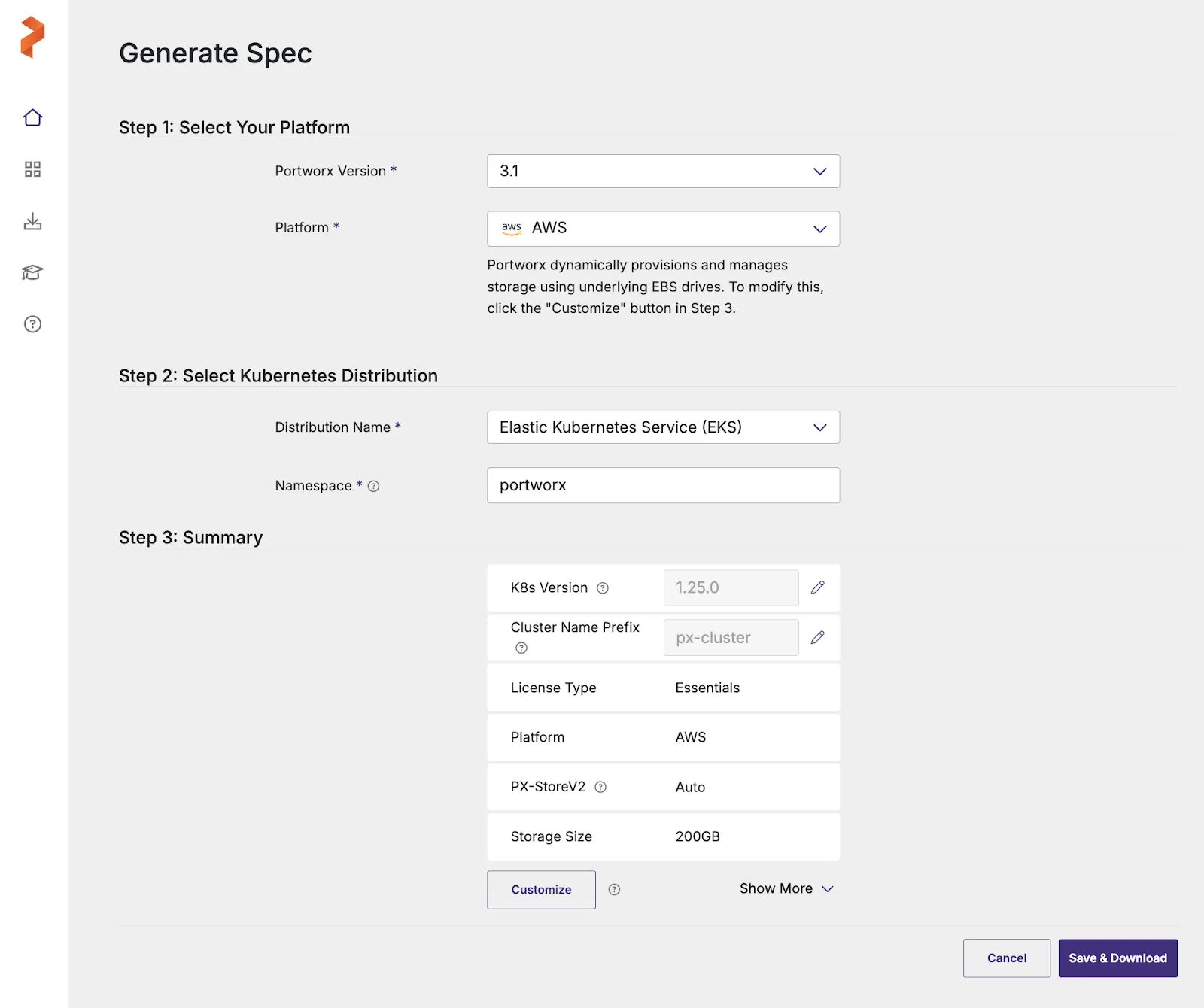
Implement Enterprise Security
Using Portworx for Kubernetes storage ensures robust security and control with features designed to protect and help you manage Kubernetes data at scale.
- Granular RBAC for cluster and volume operations
- Volume encryption integrated with key management servers
- Monitor and manage storage via UI, API, or CLI
- SOC 2 and ISO 27001 compliant
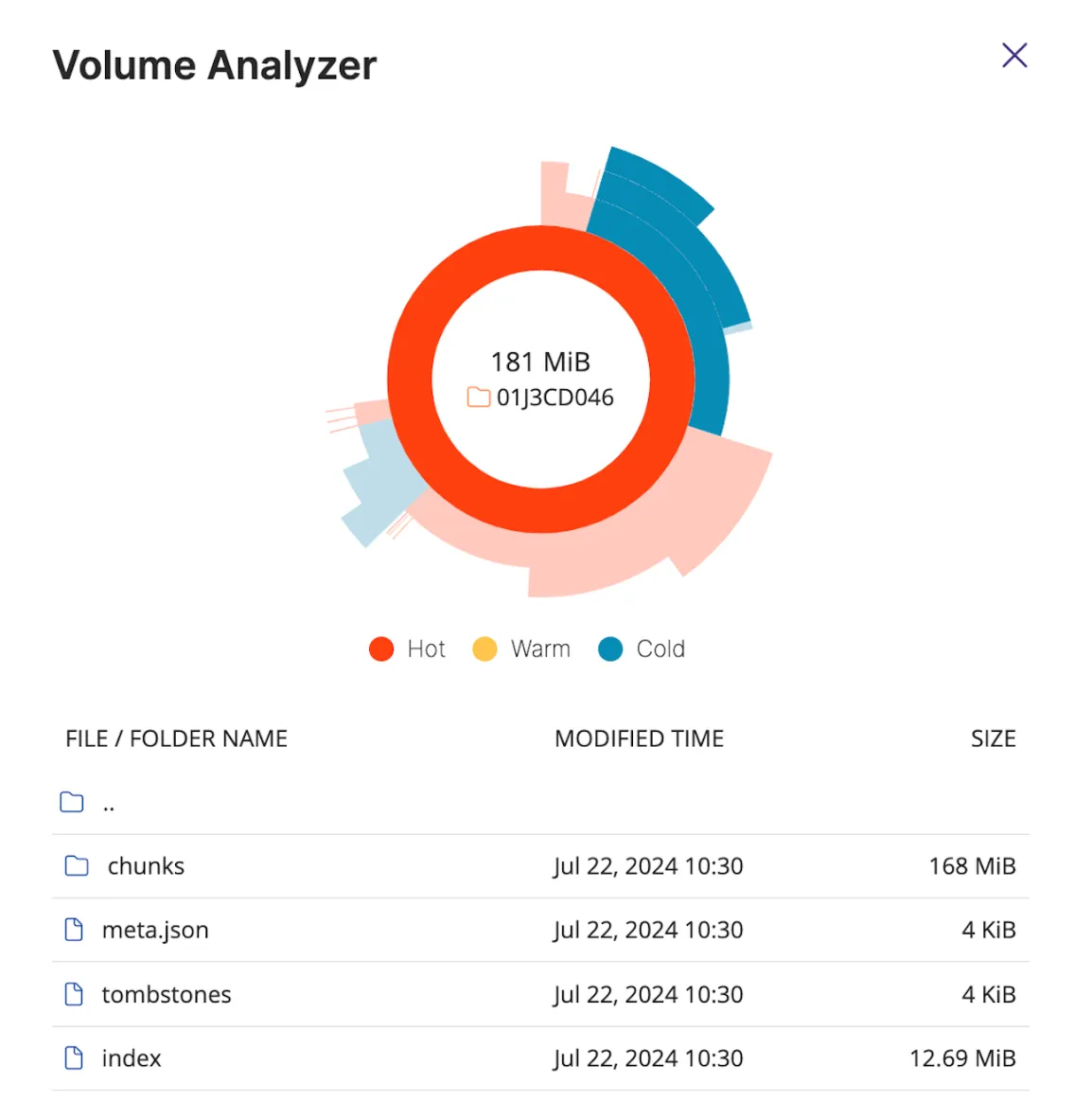
Customer Stories
-
NVIDIA
-
BCBS of Alabama

“Development teams don’t need to think about what’s under the covers. Once it’s up and running we need availability…we have zero-down time maintenance, Portworx allows us to shift workloads to different nodes without any impact on our users”
Brian Monroe, Senior Software Engineer, NVIDIA
Read the Case Study
“Portworx made VM migrations 10X faster and It revolutionized our Kubernetes journey”
Victor Willams, Blue Cross Blue Shield of Alabama
Read the Case StudyMore from the Portworx Platform
Portworx Backup
Protect mission critical data with self-service backup that is container-granular and application-aware. Backup and migrate data anywhere.
Learn MorePortworx Disaster Recovery
Deliver availability and recoverability ensuring business continuity with zero RPO for Kubernetes with synchronous and asynchronous replication.
Learn MoreTop Resources
Frequently Asked Questions
Why does my organization need Kubernetes storage?
When it comes to running stateful applications, persistent Kubernetes storage solutions like Portworx ensure that your applications and underlying data persists long term and can be managed across dynamic, elastically scaled environments.
Why is a cloud-native storage solution like Portworx better than CSI?
A cloud-native storage solution like Portworx is purpose-built for Kubernetes, offering features beyond what CSI alone can provide. Portworx simplifies data management at scale by aggregating storage into a shared pool, improving performance and utilization while reducing the complexity of managing multiple CSI drivers and external hardware arrays.
The Portworx container data management platform also delivers advanced capabilities like high availability, data protection, and disaster recovery, ensuring your storage can handle the demands of Kubernetes orchestration and lifecycle management.



